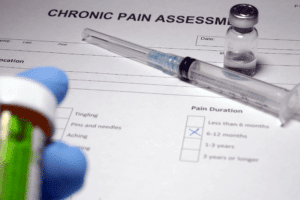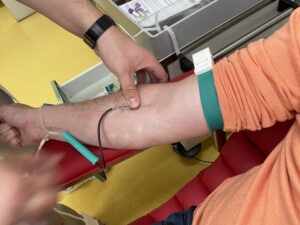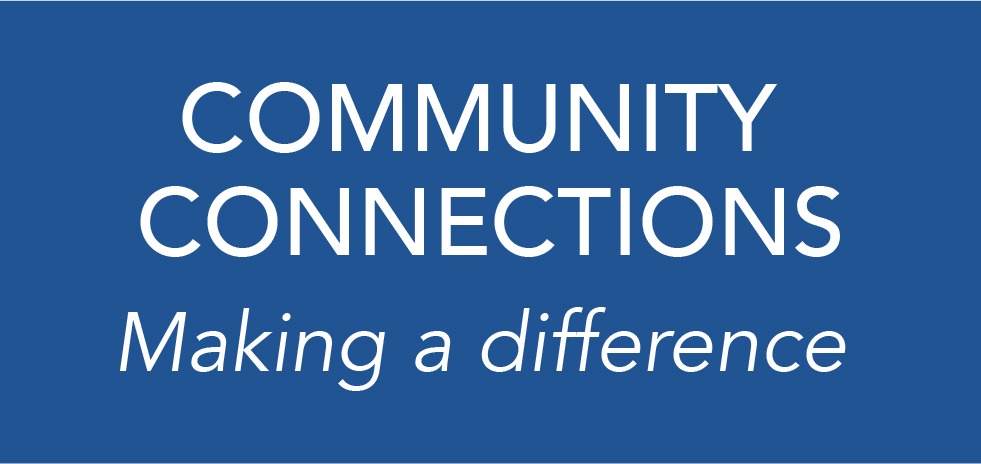A new study by University of Pittsburgh researchers offers new tactics to help ensure physicians are prescribing opioids safely and even lower the number of prescriptions.

Opioids are often used to manage chronic pain, but they can pose a serious risk to patients if not managed appropriately. According to the U.S. Department of Health and Human Services, in 2016 an estimated 40% of opioid overdoses involved a prescription.
To help address this epidemic, the researchers set out to find a way to ensure that physicians are always following best practices when prescribing opioids to patients with acute pain who have not taken opioids in the past 12 months.
“Some patients need opioids, but for others there are alternatives. Finding that line can be difficult,” said Dr. Kevin Kraemer, professor of medicine at Pitt and lead author of the study. “We wanted to see if we could influence physicians so that if they do prescribe opioids for patients, it will be done in a safe way.”
The study borrowed a technique from behavioral economics and psychology called “nudges” which attempts to influence people’s behavior through message reinforcement. The researchers were hoping to nudge 525 primary care physicians from 48 clinics to prescribe fewer opioids or prescribe them in a way that follows best practices. Among those clinics, 24 UPMC-affiliated primary care practices were in western Pennsylvania, 13 Geisinger clinics were in central and northeastern Pennsylvania, and 11 practices were in the greater Salt Lake City area.
Physicians only received these nudges for patients 18 years or older who had not used opioids in the last year, and the nudges took a few different forms. All physicians received an alert with opioid-prescribing best practices when they entered a prescription into the electronic health record. One group was also prompted to justify their prescription decision in a text box in the form. Other physicians received a monthly email comparing their opioid prescribing metrics with peers. Finally, one group was asked to justify their prescription and received the monthly comparison email.
Kraemer and his team found that the group who received the monthly comparison email were less likely to prescribe an opioid, even before the first report was sent out.
“This was an unblinded study, so the physicians receiving the monthly emails knew they were going to receive a report comparing their practices to that of their peers,” Kraemer explained. “These results could show that even low impact nudges like telling physicians they will be stacked against their peers can have an effect on prescribing practices.” The researchers also found that the overall number of opioid prescriptions for this patient population was much lower than anticipated. In one of the clinics that participated in this study, the rate of opioid prescriptions for the same patient population was 15% to 20% prior to data collection. During the duration of the study from September 2018 through January 2021, all participating clinics had an overall 3% prescribing rate. Over this same period, health systems as well as the state and federal governments were implementing other incentives to safely prescribe opioids that likely impacted physicians’ behaviors.
However, once the physician went into the electronic health record, 88% of them continued to enter the prescription even after the best practice alert came on the screen. It could have been that at this stage, physicians had already weighed the options for the patient and had made the decision to prescribe the opioid, the researchers speculate.
“We need to continue to fine tune our nudges to have the most impact,” Kraemer added. “Our research shows that even small, scalable nudges can significantly reduce the number of opioid prescriptions. Health systems should consider even small ways to remind physicians about best practices around opioid prescriptions.”
The study’s results are available in the July 29, 2022, issue of JAMA Health Forum.
For more information on addiction medicine services or for help with intervention services, please visit UPMC Addiction Medicine Services or contact 412-692-2273.





































